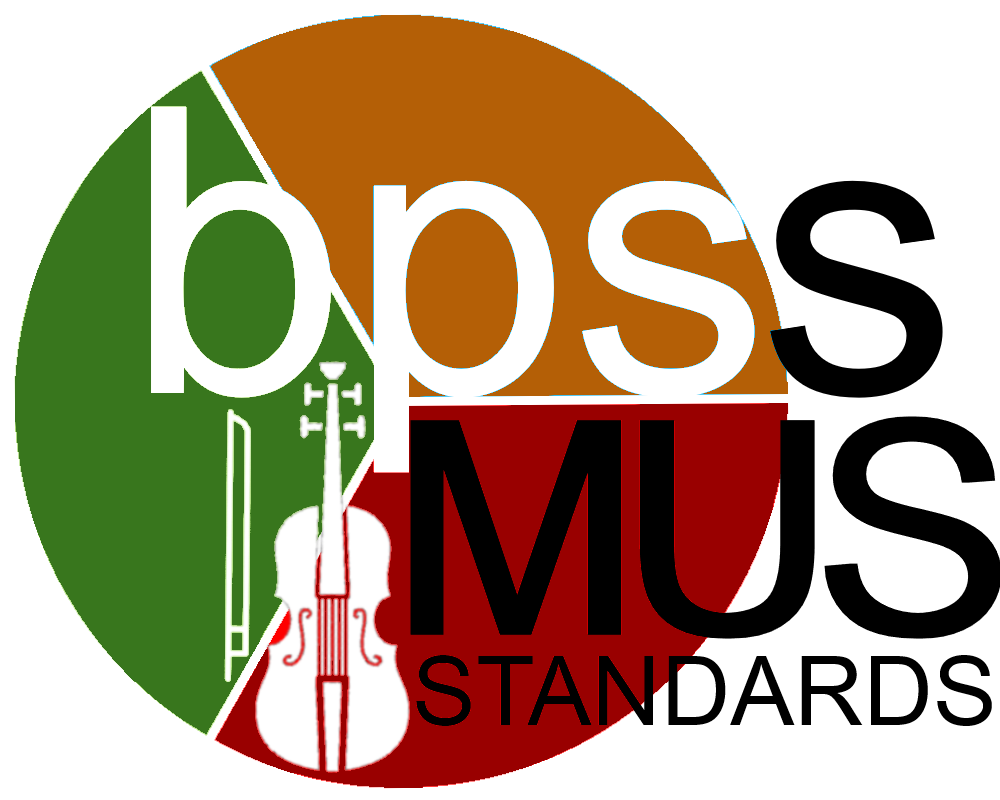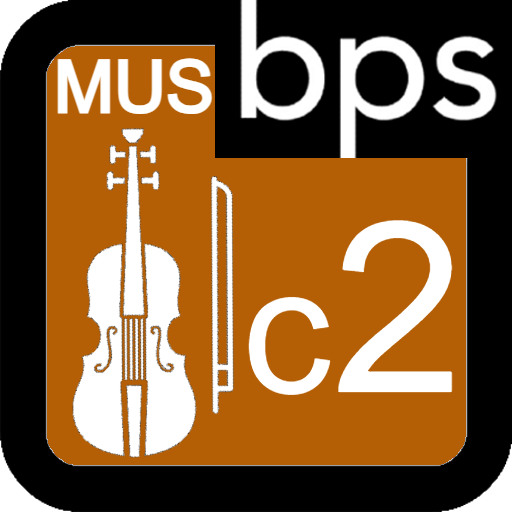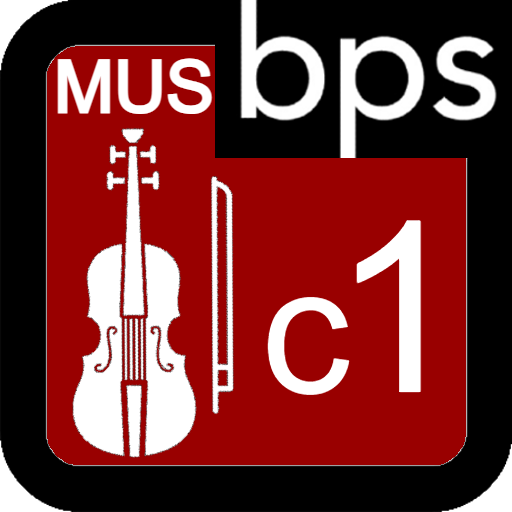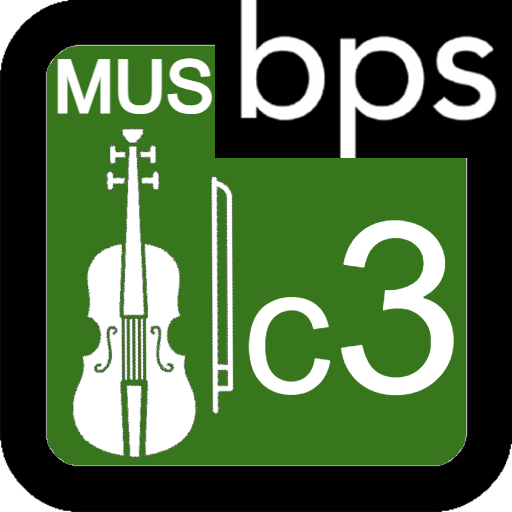MUS-HS.c2  MUS-HS.c2 MUS-HS.c2 Category  | (c2) Category 2: Musicianship Skills and Knowledge
The elements such as understanding of rhythms, aural skills, note-reading skills, etc., that relate to musical understandings. |
MUS-HS.c2.A
Tonal Aural Skills and Ear Training | MUS-HS.c2.B
Rhythmic Aural Skills and Ear Training | MUS-HS.c2.C
Creative Musicianship |
|---|
| Students demonstrate the following abilities: matching and manipulating pitch, playing with a sense of tonality, tonal-melodic and tonal-harmonic function (horizontal/vertical relationships/functions of tonality), ear-to-hand skills, aural and kinesthetic
awareness of pitch accuracy and intonation, including and related to improvisation. | Students perform simple and complex rhythm patterns/functions, with stray pulse/beat, correct sense of meter, metric organization and phrasing, in a variety of meters. | Students demonstrate creative musicianship skills at all stages of development, including the ability to improvise variations of rhythmic, melodic, and harmonic patterns, within the traditions and standards of a variety of genres and practices:
arrange and compose melodies and harmonies according to specific criteria and guidelines. |
MUS-HS.c2.D
Music Literacy | MUS-HS.c2.E
Ensemble Skills |
|---|
| Students demonstrate sequential music literacy skills (decoding and comprehension), defined as an association of sound-to-symbol, in a given musical context, which includes: predictive components (understanding of reading based on audition of written
material) and knowledge of symbols and notation related to pitch, rhythm, dynamics, tonality, clef, articulation, etc.) based on the principle that sound comes before sight. | Students perform in an ensemble, demonstrating sensitivity and the ability to adjust and maintain a uniform sense of rhythm, tempo, articulation, tone, blend, balance, and dynamics; understand conducting gestures, follow conductor and section leader,
and are able to synchronize bowings. |
CalculationsCategories are larger groups of related standards. The category grade is a calculation of all the related standards. Click on the standard name below each category to access the learning targets and rubrics/ proficiency scales for individual standards within the category. |
|
MUS-HS.c2.A  | Chamberth Grade (MUS) Targeted String Standard (c2) Category 2: Musicianship Skills and Knowledge (A) Tonal Aural Skills and Ear Training
Students demonstrate the following abilities: matching and manipulating pitch, playing with a sense of tonality, tonal-melodic and tonal-harmonic function (horizontal/vertical relationships/functions of tonality), ear-to-hand skills, aural and kinesthetic awareness of pitch accuracy and intonation, including and related to improvisation.
|
 Proficiency Scale Proficiency Scale
Learning Targets
- 4.1 Students perform, by ear, melodies and accompaniments in various modes and scales (e.g., Dorian, Mixolydian, Blues, etc.) and harmonies.
- 4.2 Students improvise melodies and accompaniments in various modes and scales (e.g., Dorian, Mixolydian, Blues, etc.) and harmonies.
|
|
MUS-HS.c2.B  | Chamberth Grade (MUS) Targeted String Standard (c2) Category 2: Musicianship Skills and Knowledge (B) Rhythmic Aural Skills and Ear Training
Students perform simple and complex rhythm patterns/functions, with stray pulse/beat, correct sense of meter, metric organization and phrasing, in a variety of meters.
|
 Proficiency Scale Proficiency Scale
Learning Targets
- 4.1 Students will perform rhythmic patterns in irregular meters and polymeters. 4.2 Students will perform rhythmic patterns in mixed meters.
- 4.3 Students will perform rhythmic patterns containing syncopation within a single macrobeat.
- 4.4 Students will improvise rhythmic patterns corresponding to Learning Tasks 4.1-4.3.
|
|
MUS-HS.c2.C  | Chamberth Grade (MUS) Targeted String Standard (c2) Category 2: Musicianship Skills and Knowledge (C) Creative Musicianship
Students demonstrate creative musicianship skills at all stages of development, including the ability to improvise variations of rhythmic, melodic, and harmonic patterns, within the traditions and standards of a variety of genres and practices: arrange and compose melodies and harmonies according to specific criteria and guidelines.
|
 Proficiency Scale Proficiency Scale
Learning Targets
- 4.1 Rhythmic: Students analyze rhythmic phrases for tonal content and improvise over class-generated accompaniments.
- 4.2 Tonal (Melodic and Harmonic): Students create solos using three scales over class-generated three-chord harmonic motion.
- 4.3 Textural: Students improvise descriptive stories, including melody and harmony (harmonic focus).
- 4.4 Composition: Students add third and fourth parts to their original scores.
- 4.5 Creative Leadership: Students combine original scores with student-conducted improvised sections.
|
|
MUS-HS.c2.D  | Chamberth Grade (MUS) Targeted String Standard (c2) Category 2: Musicianship Skills and Knowledge (D) Music Literacy
Students demonstrate sequential music literacy skills (decoding and comprehension), defined as an association of sound-to-symbol, in a given musical context, which includes: predictive components (understanding of reading based on audiation of written material) and knowledge of symbols and notation related to pitch, rhythm, dynamics, tonality, clef, articulation, etc.) based on the principle that sound comes before sight.
|
 Proficiency Scale Proficiency Scale
Learning Targets
- 4.1 Students correctly identify tonality (including key signatures) for all major and minor keys.
- 4.2 Students correctly identify and perform in modes and scales: Dorian, Mixolydian, and Blues.
- 4.3 Students understand and are able to perform notation associated with non-classical styles (e.g., twentieth century/modern, world music, other special effects).
|
|
MUS-HS.c2.E  | Chamberth Grade (MUS) Targeted String Standard (c2) Category 2: Musicianship Skills and Knowledge (E) Ensemble Skills
Students perform in an ensemble, demonstrating sensitivity and the ability to adjust and maintain a uniform sense of rhythm, tempo, articulation, tone, blend, balance, and dynamics; understand conducting gestures, follow conductor and section leader, and are able to synchronize bowings.
|
 Proficiency Scale Proficiency Scale
Learning Targets
- 4.1 Students adjust pulse, rhythm, pitch, and dynamics within the ensemble.
- 4.2 Students demonstrate: preparation, balance, blend, style, interpretation, and music sensitivity.
|
|











